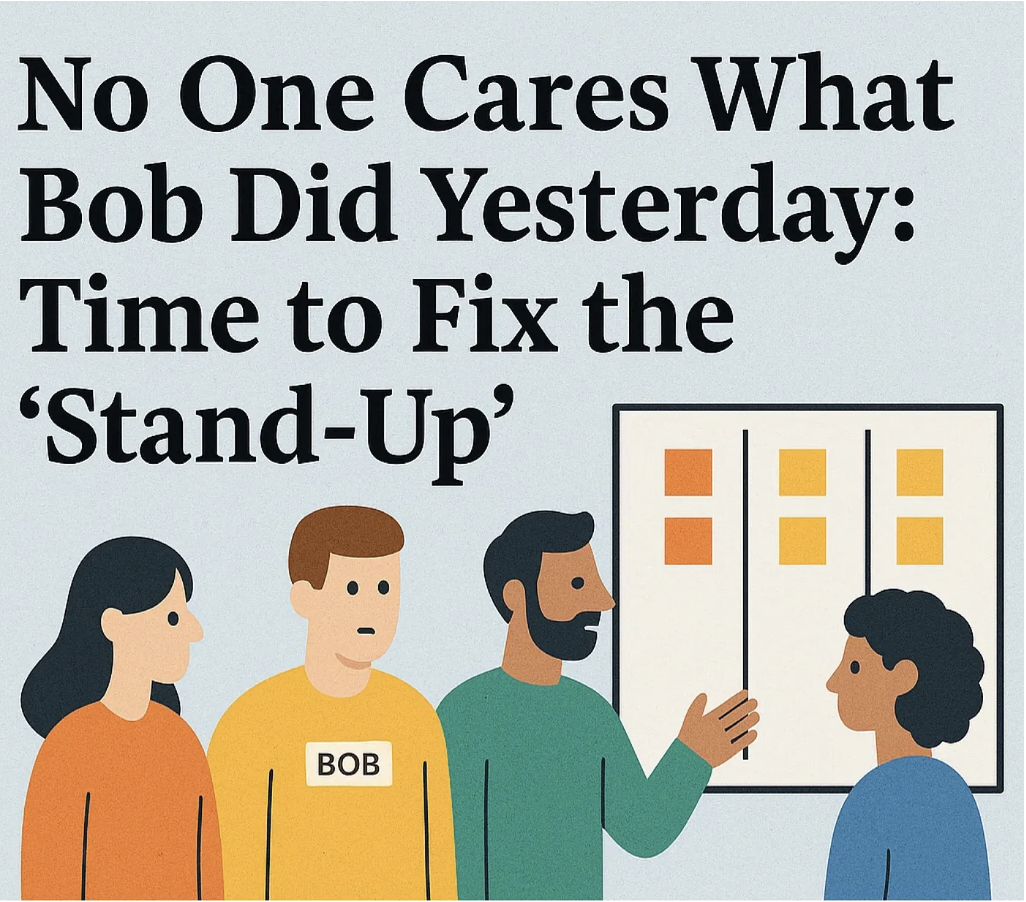Ideas para pensar sobre la implementación de Kanban
4 ideas claves a tener presente al implementar Kanban

El cambio que buscamos implementar a través de Kanban como estrategia no se puede vender de manera creíble como algo que solo es beneficioso. Todo cambio trae incertidumbre y con suerte riesgos. Para acompañar a equipos y organizaciones, debemos mostrarles cómo los beneficios del cambio superan los riesgos.
Liderar a otros de manera efectiva a través del cambio puede ser difícil. El cambio puede traer miedo y ansiedad cuando las personas se enfrentan a lo desconocido.
A continuación les voy a recomendar algunas prácticas muy útiles al momentos de iniciar una transición:
- Articula los hechos desde la definición de flujo de trabajo: Puede ser tentador durante estos tiempos de incertidumbre aferrarse a una excesiva planificación que brinde cierto nivel de comodidad, incluso si se trata de una falsa certeza. A menudo imaginamos los peores escenarios solo para proporcionar lo que creemos que es claridad sobre una situación; sin embargo, por lo general está lejos de la realidad. Definir y visualizar el flujo permite crear las conversaciones necesarias para comprender nuestro actuar en función de la estrategia. No requieres comenzar con un flujo perfecto, y que describa a toda tu organización. Lo relevante es que sea un sistema visual de extracción, el cual va a evolucionar en función de los beneficios que se evidencien producto de su uso.

- Reduce el stress de la gestión del working progress: Identificar, conectar y facilitar las interacciones y los momentos de decisiones entre los diferentes equipos y niveles identificadosa ayuda a reducir el miedo, sobre el futuro probable cuando limitamos el WIP. ¿Cómo comunicaremos este cambio? ¿Hay una línea de tiempo? ¿Se podrá modificar? ¿Qué nos está reflejando realmente el entorno con este cambio? ¿Cómo se afecta mi rol al decir “No”?. Escribir los hechos puede ayudarlo a distinguir la realidad de la ficción y reducir la probabilidad de que sea víctima de rumores o malinterpretaciones. Centrarse solo en los hechos es un gran hito en el camino para superar el miedo natural al cambio.

- Lidera la Cultura: Kanban no prescribe roles, responsabilidades o eventos. Sin embargo si estás iniciando en la implementación es importante definir los modelos de propiedad y libertad de los involucrados. Busca responder con tus equipos: ¿ Hay una definición de como se gestionará el trabajo en progreso?, ¿Hay una definición de flujo de trabajo disponible?, ¿Disponemos de una expectativa de nivel de servicio?, ¿Quién será responsable de qué?, ¿Hay límites sobre la autoorganización? ¿Si nos equivocamos que sucederá?.

- Empieza pequeño, piensa en grande: La mayoría de los flujos de trabajo existen para optimizar el valor, siendo la estrategia de Kanban optimizar el valor optimizando el flujo. Por esto es muy relevante definir el impacto a nivel cliente y organización. Para esto existen diversas herramientas, sin embargo, mi favorita es el mapa de impacto , no tengas miedo de experimentar lo que le haga sentido a los equipo en función de la estrategia de la organización.

Artículo escrito por: Ulises Gonzalez Profesional Kanban Trainer en Agile611. ulises@agile611.com.
Food for thought about Kanban Implementations
Four things to keep in mind when starting/implementing Kanban
The change we seek to implement through Kanban as a strategy cannot be sold credibly as something that is only beneficial. All change brings uncertainty and, hopefully, risks. To accompany teams and organizations, we must show them how the benefits of change outweigh the risks.
Leading others effectively through change can be difficult. Change can bring fear and anxiety as people face the unknown.
Here are some helpful practices to follow when initiating a transition:
- Articulate the facts from the workflow definition:
During these uncertain times, it can be tempting to cling to excessive planning that provides some comfort level, even if it is a false certainty. We often imagine worst-case scenarios to offer what we believe to be clarity about a situation; however, it is usually far from reality.
Defining and visualizing the flow allows us to create the conversations necessary to understand our actions based on the strategy. You do not need to start with a perfect flow that describes your entire organization. What is important is that it is a visual extraction system, which will evolve according to the benefits that become evident due to its use.

- Reduce the stress of work in progress management:
Identifying, connecting, and facilitating interactions and decision moments between the different teams and levels identified helps reduce fear about the likely future when we limit WIP.
How will we communicate this change? Is there a timeline? Can it be modified? What is the environment reflecting on us with this change? How is my role affected by saying "No"?
Writing down the facts can help you distinguish fact from fiction and reduce the likelihood of falling victim to rumors or misinterpretation. Focusing only on the points is a significant milestone on the road to overcoming the natural fear of change.

- Culture Leader:
Kanban does not prescribe roles, responsibilities, or events. However, if you are starting in the implementation, defining those involved's ownership and freedom models is essential.
Seek to answer with your teams: Is there a definition of workflow available? So we have a service level expectation? Who will be responsible for what?

- Start small, think big:
Most workflows exist to optimize value, and Kanban's strategy is to maximize value by optimizing flow. That is why defining the impact at the customer and organization levels is very relevant. There are several tools; however, my favorite is the impact map, don't be afraid to experiment with what makes sense to the team based on the organization's strategy.

The article was written by: Ulises Gonzalez, Professional Kanban Trainer at Agile611. ulises@agile611.com.


